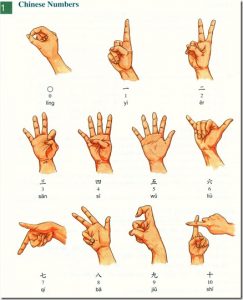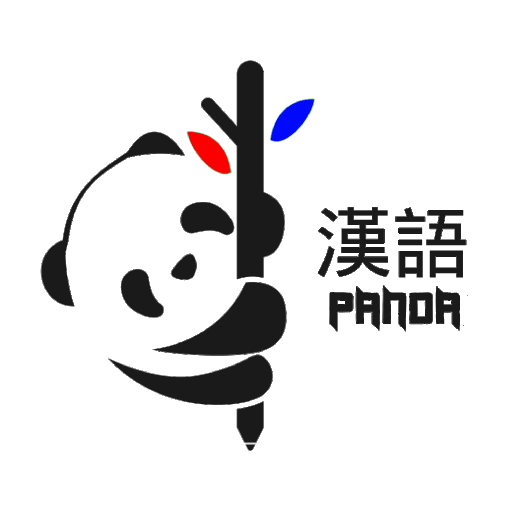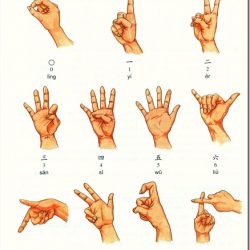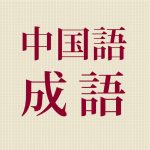Chinese Numbers 1-100
| Number | Chinese Character | Pinyin |
| 0 | 零 | Líng |
| 1 | 一 | Yī |
| 2 | 二 | Èr |
| 3 | 三 | Sān |
| 4 | 四 | Sì |
| 5 | 五 | Wǔ |
| 6 | 六 | Liù |
| 7 | 七 | Qī |
| 8 | 八 | Bā |
| 9 | 九 | Jiǔ |
| 10 | 十 | Shí |
| 11 | 十一 | Shí yī |
| 12 | 十二 | Shí èr |
| 13 | 十三 | Shí sān |
| 14 | 十四 | Shí sì |
| 15 | 十五 | Shí wǔ |
| 16 | 十六 | Shí liù |
| 17 | 十七 | Shí qī |
| 18 | 十八 | Shí bā |
| 19 | 十九 | Shí jiǔ |
| 20 | 二十 | Èr shí |
| 21 | 二十一 | Èr shí yī |
| 22 | 二十二 | Èr shí èr |
| 23 | 二十三 | Èr shí sān |
| 24 | 二十四 | Èr shí sì |
| 25 | 二十五 | Èr shí wǔ |
| 26 | 二十六 | Èr shí liù |
| 27 | 二十七 | Èr shí qī |
| 28 | 二十八 | Èr shí bā |
| 29 | 二十九 | Èr shí jiǔ |
| 30 | 三十 | Sān shí |
| 31 | 三十一 | Sān shí yī |
| 32 | 三十二 | Sān shí èr |
| 33 | 三十三 | Sān shí sān |
| 34 | 三十四 | Sān shí sì |
| 35 | 三十五 | Sān shí wǔ |
| 36 | 三十六 | Sān shí liù |
| 37 | 三十七 | Sān shí qī |
| 38 | 三十八 | Sān shí bā |
| 39 | 三十九 | Sān shí jiǔ |
| 40 | 四十 | Sì shí |
| 41 | 四十一 | Sì shí yī |
| 42 | 四十二 | Sì shí èr |
| 43 | 四十三 | Sì shí sān |
| 44 | 四十四 | Sì shí sì |
| 45 | 四十五 | Sì shí wǔ |
| 46 | 四十六 | Sì shí liù |
| 47 | 四十七 | Sì shí qī |
| 48 | 四十八 | Sì shí bā |
| 49 | 四十九 | Sì shí jiǔ |
| 50 | 五十 | Wǔ shí |
| 51 | 五十一 | Wǔ shí yī |
| 52 | 五十二 | Wǔ shí èr |
| 53 | 五十三 | Wǔ shí sān |
| 54 | 五十四 | Wǔ shí sì |
| 55 | 五十五 | Wǔ shí wǔ |
| 56 | 五十六 | Wǔ shí liù |
| 57 | 五十七 | Wǔ shí qī |
| 58 | 五十八 | Wǔ shí bā |
| 59 | 五十九 | Wǔ shí jiǔ |
| 60 | 六十 | Liù shí |
| 61 | 六十一 | Liù shí yī |
| 62 | 六十二 | Liù shí èr |
| 63 | 六十三 | Liù shí sān |
| 64 | 六十四 | Liù shí sì |
| 65 | 六十五 | Liù shí wǔ |
| 66 | 六十六 | Liù shí liù |
| 67 | 六十七 | Liù shí qī |
| 68 | 六十八 | Liù shí bā |
| 69 | 六十九 | Liù shí jiǔ |
| 70 | 七十 | Qī shí |
| 71 | 七十一 | Qī shí yī |
| 72 | 七十二 | Qī shí èr |
| 73 | 七十三 | Qī shí sān |
| 74 | 七十四 | Qī shí sì |
| 75 | 七十五 | Qī shí wǔ |
| 76 | 七十六 | Qī shí liù |
| 77 | 七十七 | Qī shí qī |
| 78 | 七十八 | Qī shí bā |
| 79 | 七十九 | Qī shí jiǔ |
| 80 | 八十 | Bā shí |
| 81 | 八十一 | Bā shí yī |
| 82 | 八十二 | Bā shí èr |
| 83 | 八十三 | Bā shí sān |
| 84 | 八十四 | Bā shí sì |
| 85 | 八十五 | Bā shí wǔ |
| 86 | 八十六 | Bā shí liù |
| 87 | 八十七 | Bā shí qī |
| 88 | 八十八 | Bā shí bā |
| 89 | 八十九 | Bā shí jiǔ |
| 90 | 九十 | Jiǔ shí |
| 91 | 九十一 | Jiǔ shí yī |
| 92 | 九十二 | Jiǔ shí èr |
| 93 | 九十三 | Jiǔ shí sān |
| 94 | 九十四 | Jiǔ shí sì |
| 95 | 九十五 | Jiǔ shí wǔ |
| 96 | 九十六 | Jiǔ shí liù |
| 97 | 九十七 | Jiǔ shí qī |
| 98 | 九十八 | Jiǔ shí bā |
| 99 | 九十九 | Jiǔ shí jiǔ |
| 100 | 一百 | Yì bǎi |
 When learning how to count in Chinese, it’s also useful to learn the hand signals for the numbers 1-10. Obviously, 1-5 are pretty much the same as anywhere, but China has a unique way of counting from 6-10:
When learning how to count in Chinese, it’s also useful to learn the hand signals for the numbers 1-10. Obviously, 1-5 are pretty much the same as anywhere, but China has a unique way of counting from 6-10:





